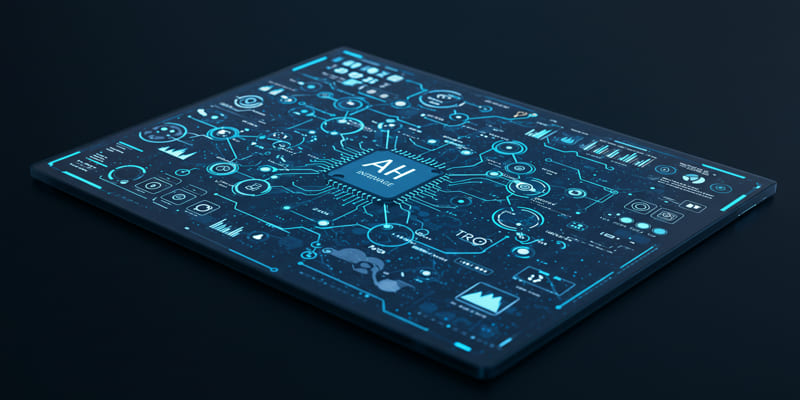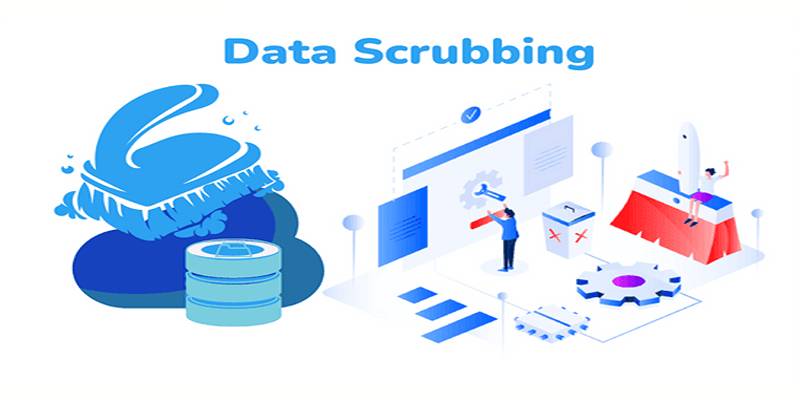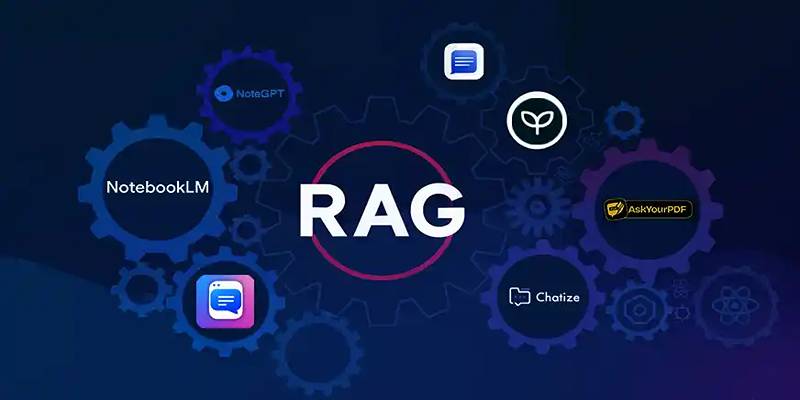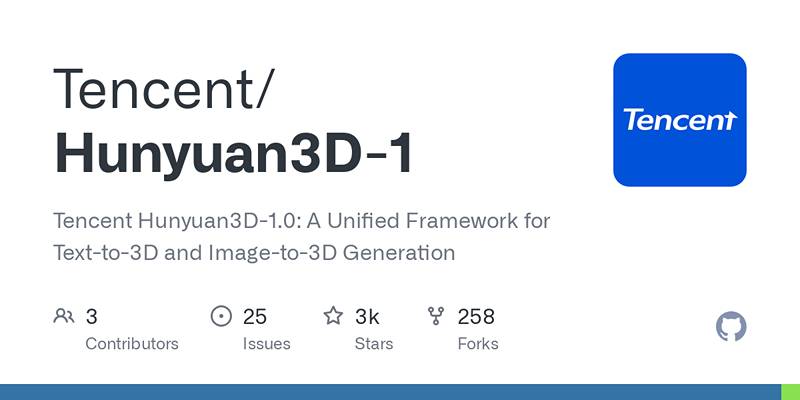In today’s competitive digital advertising world, optimizing ad spend is crucial to achieving better results. Social media platforms are key drivers of engagement and sales, but the challenge lies in ensuring that every dollar spent yields a high return. AI-powered social media ad generators have emerged as game-changers, offering advanced tools that can analyse data, target ideal audiences, and maximize ad performance. By leveraging AI, businesses can cut down on wasted spending and make the most out of their advertising budgets. In this article, we’ll explore how AI social media ad generators optimize ad spend and enhance performance.
Smarter Ad Targeting with AI:
AI enables more precise audience targeting. Traditional methods rely on broad filters like age, gender, and location, which may not yield the best reach. AI-powered tools analyse user behaviour, past interactions, and interests to find the most likely prospects.
These systems continuously learn and adapt, refining targeting strategies based on previous campaigns. AI focuses budgets on high-value prospects, avoiding waste. Whether through predictive analytics or behaviour tracking, AI ensures your ads reach the right audience, making spending more efficient.
Dynamic Budget Allocation for Maximum ROI:
AI optimizes ad spend by automating budget allocation across platforms and campaigns. Based on performance data, these systems adjust budgets in real-time to ensure the highest return on investment (ROI). Instead of manual adjustments, AI reallocates funds to the best-performing ads.
For example, if one ad set outperforms others, AI increases its budget to maximize returns. This approach prevents over- or under-spending, improving campaign efficiency.
A/B Testing and Continuous Optimization:
AI enhances A/B testing by automatically generating multiple ad variations. It tests creatives, headlines, and calls to action, refining ads based on real-time performance data. AI identifies winning combinations, improving engagement and conversions.
Once top-performing variations are found, AI continuously optimizes ads. This ensures they align with audience preferences and trends, increasing effectiveness while reducing waste.
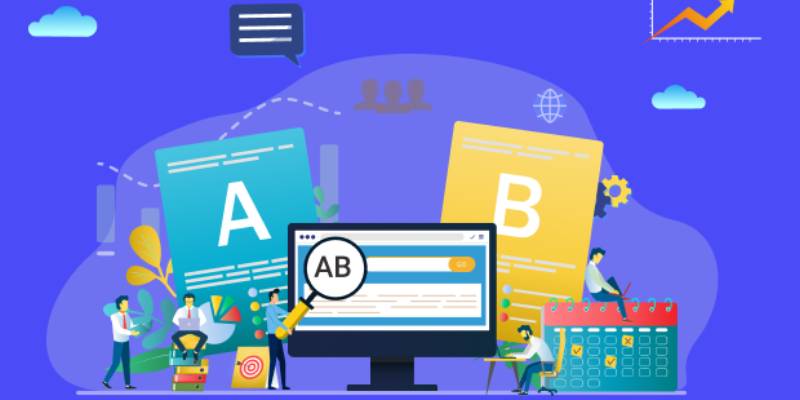
Improved Ad Creative and Copywriting:
AI assists in ad creation by optimizing copy and visuals. Using machine learning and natural language processing, AI crafts ad copy that resonates with target audiences. Analysing past campaigns, AI determines the most engaging language, tone, and visuals.
Additionally, AI personalizes content for different audience segments, ensuring tailored messaging. This results in more compelling ads that drive conversions while maximizing budget efficiency.
Predictive Analytics for Better Budget Decisions:
Predictive analytics is another powerful feature offered by AI in optimizing ad spend. By analysing historical data and trends, AI tools can predict the performance of your future campaigns with a high degree of accuracy. These insights allow you to allocate your budget more effectively, ensuring you’re investing in areas that are most likely to drive results.
For example, AI can predict when a particular audience segment is most likely to convert or when certain trends will be at their peak. Armed with this information, marketers can allocate their budgets more strategically, improving their chances of generating a higher return on investment while reducing the risk of wasted ad spend.
Real-Time Performance Monitoring:
AI-driven social media ad generators provide real-time performance tracking, allowing marketers to monitor campaign performance on an ongoing basis. This immediate feedback loop helps identify areas that need attention, such as underperforming ads or audience segments that aren’t converting as expected. AI can also alert marketers to potential issues, enabling them to make data-driven adjustments to their campaigns without delay.
Real-time performance monitoring ensures that ads stay relevant and effective, even as trends and audience behaviours change. By adjusting campaigns on the fly, AI helps marketers avoid wasting resources on ineffective strategies and instead directs attention to high-performing initiatives.
AI-Powered Audience Segmentation:
Audience segmentation is essential for creating targeted ad campaigns, and AI significantly enhances this process. Traditional segmentation relies on predefined categories, but AI can analyse and create more granular segments based on user behaviour, interests, engagement history, and even psychographic data. This level of segmentation helps marketers create highly personalized ads that are more likely to resonate with potential customers.
AI also dynamically adjusts these segments over time, learning from new data to ensure that the audience stays relevant and up-to-date. With the ability to identify niche segments and trends, AI ensures that your ads are seen by the most qualified prospects, optimizing your ad spend.
Improved Customer Journey Mapping:
AI can improve the understanding of customer journeys, which is essential for optimizing ad spend. By tracking and analysing each step of the customer journey, from initial awareness to conversion, AI tools can help marketers identify where prospects drop off and where to allocate resources for maximum impact.
For instance, AI can suggest retargeting strategies for users who have shown interest but didn’t convert. It can also identify the most effective touchpoints, such as specific ads or channels, that move users closer to conversion. By focusing ad spend on these high-value points in the customer journey, AI improves efficiency and boosts ROI.

Cross-Platform Optimization:
With advertisers often running campaigns across multiple social media platforms, it can be difficult to ensure consistency and optimize ad spend across all channels. AI solves this problem by analysing performance data across platforms and automatically adjusting campaigns to maximize impact on each one. Whether it’s Facebook, Instagram, or Twitter, AI ensures that your ad spend is distributed efficiently and effectively across all relevant platforms.
AI can even predict which platforms are likely to perform best based on user behaviour and campaign performance, ensuring that your resources are focused on where they’ll have the most significant impact.
Minimizing Ad Spend Waste:
One of the primary benefits of using AI for social media ad generation is the ability to minimize ad spend waste. AI tools continuously analyse performance data to detect inefficiencies in your campaigns, such as targeting the wrong audience or spending too much on underperforming ads. By eliminating waste, AI ensures that your ad spend is used efficiently, allowing you to invest more in the aspects of the campaign that drive conversions.
For instance, AI can flag underperforming ads, suggesting immediate changes to optimize the message or targeting. It can also automatically stop running ads that no longer deliver value, ensuring that your budget isn’t being depleted on ineffective campaigns.
Conclusion
AI social media ad generators are transforming the way businesses approach ad spend optimization. From smarter targeting and dynamic budget allocation to continuous optimization and predictive analytics, AI-driven tools offer a host of benefits that ensure your ad spend is as effective as possible. By using AI to enhance your ad campaigns, you can significantly reduce waste, improve targeting, and achieve better ROI.
Ready to optimize your ad spend? Start integrating AI-powered tools into your social media campaigns, and experience improved ad performance today.


